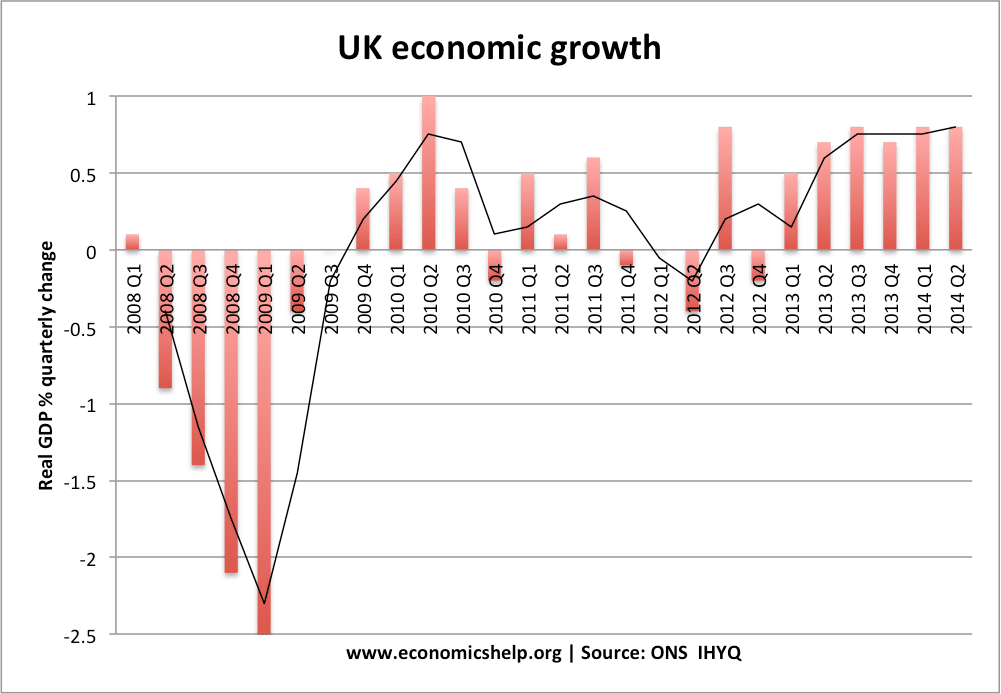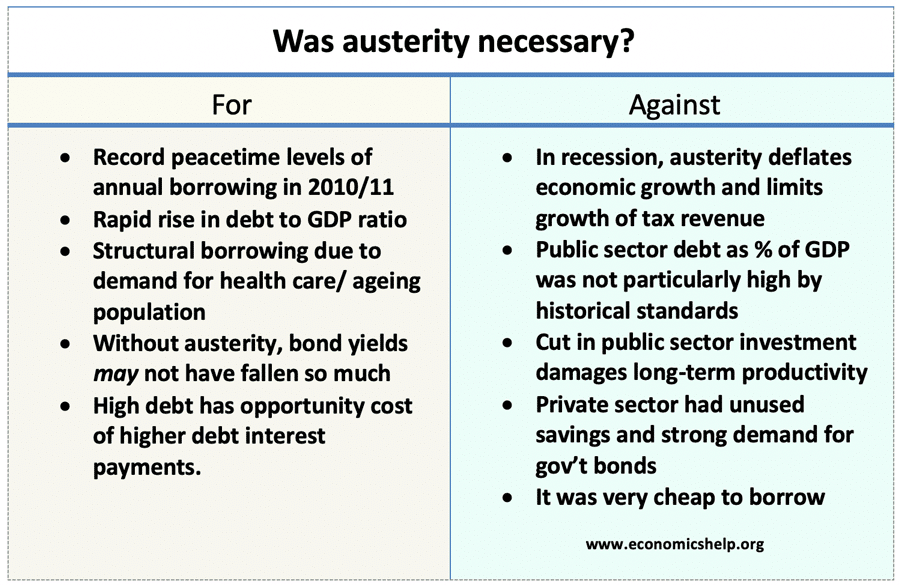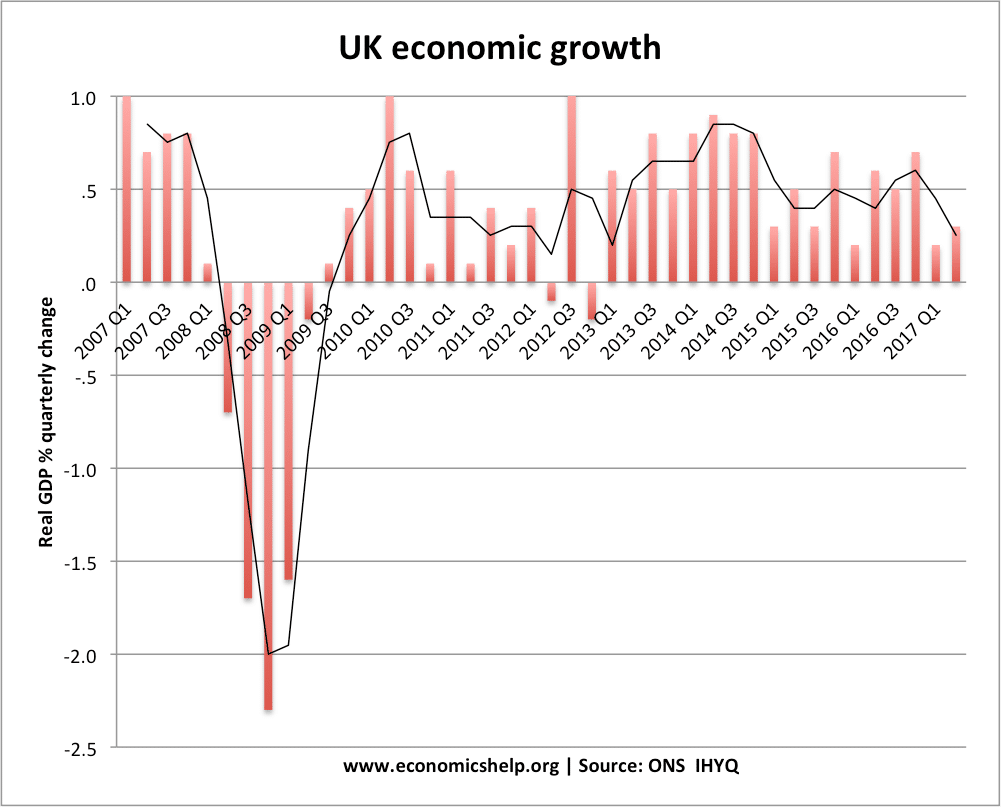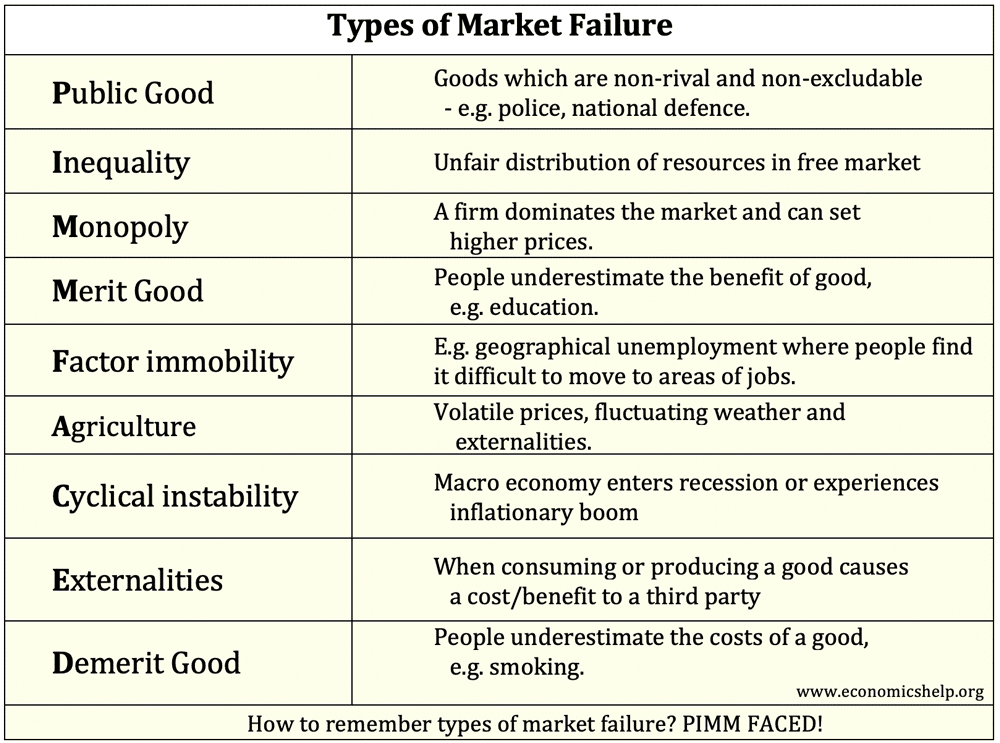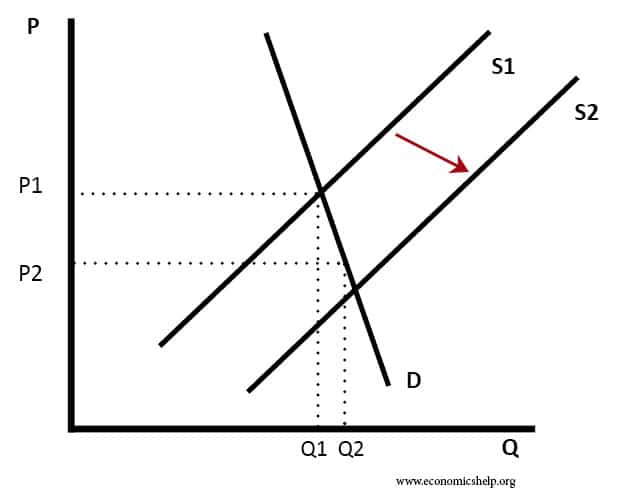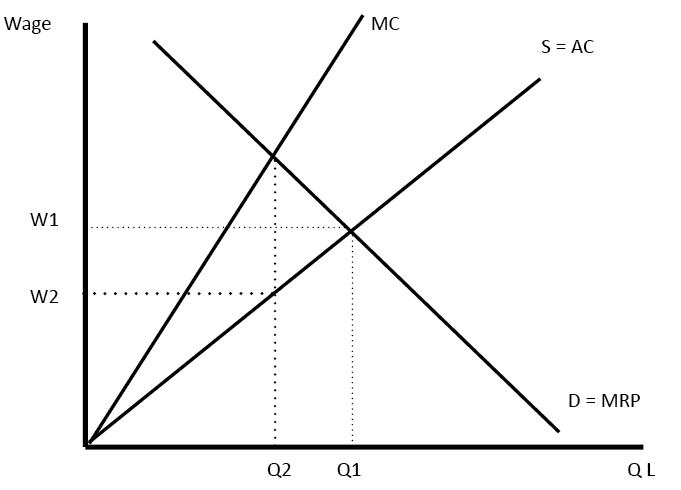The great recession 2008-13
The great recession refers to the economic downturn between 2008 and 2013. The recession began after the 2007/08 global credit crunch and led to a prolonged period of low/negative growth, rising unemployment and a period of fiscal austerity. In particular, the great recession highlighted problems within the Eurozone which experienced a double-dip recession and high …

